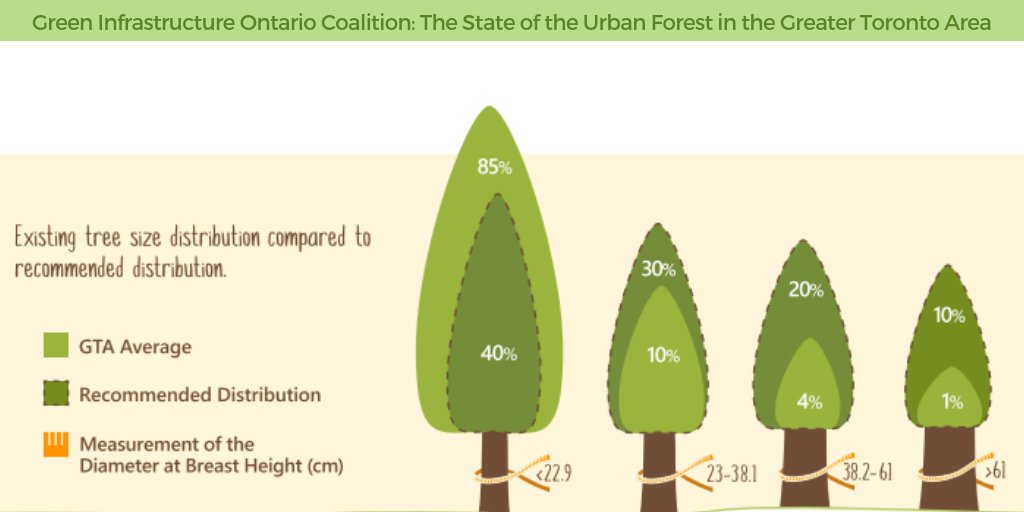Tree Preservation: Indicators That Show The Demand For Elimination
Tree Preservation: Indicators That Show The Demand For Elimination
Blog Article
Content Author-Buckley Byers
If you've ever wondered about the destiny of the trees on your home, recognizing when it's time for elimination is important. But exactly how do you identify if a tree can be saved or if removal is the only option? By looking for specific indications and examining safety dangers, you can make informed decisions that profit both your landscape and your environments. Allow's explore the key variables that enter play when making a decision the destiny of a tree and exactly how you can make sure the best end result for your green companions.
Signs of Tree Decline
If you notice any one of the adhering to indications of tree decline in your backyard, it might be time to take into consideration tree elimination.
One usual sign is dead or rotting branches, which can suggest underlying concerns influencing the tree's health and wellness. Watch out for discolored or shrivelled leaves that continue even with appropriate treatment, as this could be a sign of illness or pests.
An additional warning signal is excessive leaning or a noticeable shift in the tree's base, which might suggest origin problems or architectural instability. Watch out for fungal development on the trunk or roots, as this can indicate rot and compromise the tree's security.
Additionally, if you observe big fractures in the trunk or major arm or legs, it's essential to address these concerns quickly to avoid potential dangers. Attending to these indications of tree decrease quickly can help keep the security and visual appeals of your backyard atmosphere.
Safety and security Worries
To guarantee the health of your property and those around you, focusing on safety and security problems related to trees is critical. https://www.chicagotribune.com/lifestyles/home-and-garden/ct-home-0116-garden-morton-20200113-dja7doct3fhala5f4h7a46acta-story.html can posture numerous security dangers if not appropriately kept. Dead or worn out branches might drop suddenly, threatening people or harmful structures.
Leaning trees can also be dangerous, specifically if they're leaning in the direction of a building or high-voltage line. Furthermore, trees with comprehensive origin systems near foundations or underground utilities can create significant damage in time.
It's important to on a regular basis inspect your trees for any kind of indicators of possible risk. Keep an eye out for fractures in the trunk, huge dental caries, or indications of illness and degeneration. If you notice any one of these issues, it's ideal to seek advice from an expert arborist to examine the situation and figure out the essential course of action.
Taking pop over to this web-site to attend to safety and security issues promptly can protect against crashes and residential or commercial property damage in the future. Keep in mind, the safety of your property and those around you need to always be the leading concern when it pertains to tree maintenance.
Consulting an Arborist
When taking into consideration the health and safety of your trees, getting in touch with an arborist is a critical action. Arborists are educated professionals who specialize in the care and upkeep of trees. They can evaluate the general wellness of your trees, recognize any type of issues such as illness or structural problems, and offer skilled suggestions on the best course of action.
By getting in touch with an arborist, you can receive valuable understandings right into the condition of your trees and determine whether removal is needed. Arborists have the understanding and experience to examine the dangers associated with keeping a tree versus removing it. They can likewise provide support on different options, such as pruning, cabling, or supporting, to help preserve the tree whenever possible.
Additionally, arborists can aid you navigate any type of neighborhood laws or permits that may be required for tree elimination. Their experience can make certain that the process is executed securely and in conformity with any applicable laws.
Final thought
In conclusion, when determining whether trees can be saved or if elimination is needed, it is important to take into consideration signs of decrease and safety concerns. Consulting an arborist for a comprehensive assessment is crucial in making the best decision for the tree's health and possible hazards. Remember, proactive treatment and timely activity can assist preserve trees and prevent accidents.
